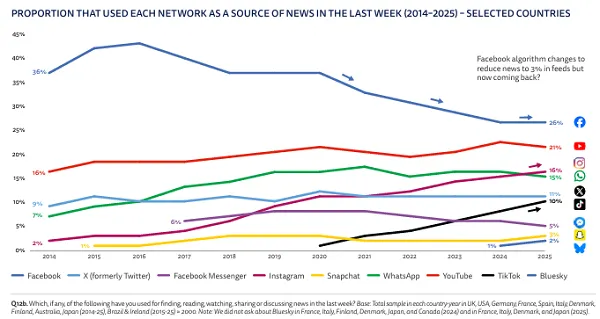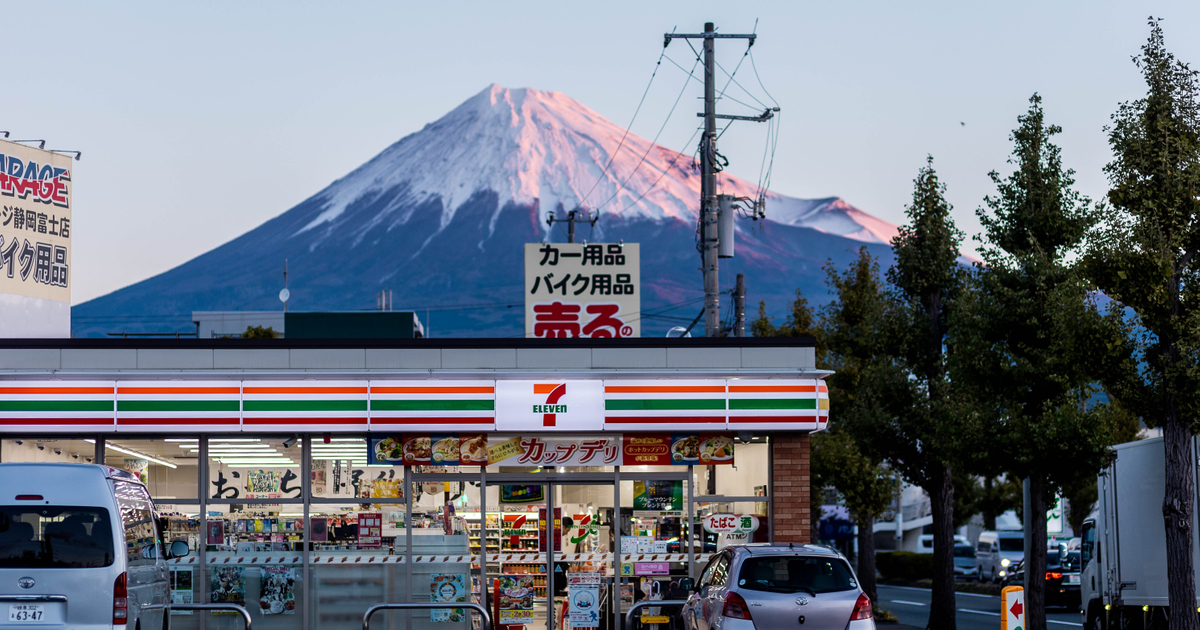Inside iHeartMedia's Roblox plans as it enters the metaverse
Jake from State Farm will be there as insurance company sponsors the iHeartMedia neighborhood.

Roblox is about to get a new neighborhood courtesy of iHeartMedia, as the radio and music streaming company tries to move into the metaverse. State Farm and Intel are sponsoring iHeart’s neighborhood, and Jake from State Farm will be there, too.
On Wednesday, iHeart announced its plans for Roblox, the open-world video game, where it will open a virtual stadium to produce digital concerts, similar to how iHeart recently opened a venue in Fortnite. IHeart is trying to establish an early foothold in what is being called the metaverse, which for now is still very much rooted in the video game genre with worlds such as Roblox and Fortnite, where players have free roam of the place and brands can create their own experiences.
“We want to meet listeners where they are,” said Conal Byrne, CEO of iHeartMedia Digital Audio Group, in a recent video call. In this case, 52.2 million people play on Roblox daily, and they are mostly younger audiences, who are not on terrestrial radio. Last week, iHeart held its first concert in Fortnite, where Charlie Puth played.
Metaverse marketing blog
Catch up on the latest virtual experiences and more
Byrne said that iHeart sees the metaverse as a revenue-driving business channel and not just an experiment. “This is not a short-term project for us,” Byrne said. “I think actually that’s where other folks in the metaverse have fallen down a little bit, with a one-and-done stunt, where the theater goes dark after one event in the metaverse.”
Here is how iHeartLand works on Roblox: There is a virtual neighborhood where people can collect in-game rewards and exchange them for “iHeartBucks”. Players can run their own radio stations, which are storefronts inside the neighborhood, and the players unlock songs and playlists. It is a “tycoon” game, which is a popular genre. Earlier this year, apparel maker PacSun launched a tycoon-style game in PacWorld on Roblox.
Roblox will trade virtual goods, such as merch related to performing artists, in exchange for in-game currency. There is a venue sponsored by Intel, where players can pick up items that enhance the performance of their avatars. And State Farm branding is all over the place in the park and concert venue; there’s even a trampoline that plays the State Farm jingle when a player bounces.
The concert venue will host 10 concerts and 10 podcasts over the first year, Byrne said. On Friday, the singer Lauv will be the first performer.

Roblox players can run iHeart radio stations in a "tycoon" game.
Credit: iHeartland, Roblox

Intel has a venue in iHeartLand.
Credit: iHeartland, Roblox
Brands are still just touching the surface of what people expect will be the metaverse, which gained momentum as a concept after Facebook rebranded to Meta last year. Part of Facebook’s rebrand was designed to first compete with virtual worlds such as Roblox and Fortnite. Meta owns VR headsets and apps like Horizon Worlds. But the metaverse is expected to incorporate mixed reality that blends real-world settings with holographic interactivity. There also are blockchain-based gaming worlds, such as Decentraland and The Sandbox, that incorporate NFTs, cryptocurrencies, and virtual real estate.
“Everybody is hoping at some point there will be a convergence of all of these worlds,” said Jessica Jerrick, executive VP of business development and partnerships for iHeartMedia. “If I had my crystal ball, we’re probably a few years out from that.”
Convergence would mean that a player in Roblox could take their avatars, and their virtual apparel, into Fortnite, or any other platform. “We also have ongoing conversations with even platforms like Sandbox and Decentraland,” Byrne said.
There are signs that the initial push into the metaverse is slowing. There has been a drop in the value of cryptocurrencies in the past year, and NFT markets have cooled. Last month, Roblox released its quarterly report that showed average revenue from daily users was down 21% year over year, even as activity was up from players in the game.
NFT marketing blog
Catch up on the latest non-fungible tokens from brands
Last week, Roblox said it would launch new ad units in the games that could help marketers like iHeartMedia drive players to their activations in the game. The “immersive” ads appear on virtual billboards in the game, and there are ads with portals that take players to a brand’s spot. For now, iHeart works mostly with Super League Gaming, a video game-based experiential marketing firm, which has “street teams” inside Roblox that promote brands. The "street teams" are non-playable characters that move around Roblox to promote activities from brands.
State Farm is tying into iHeart’s game on Roblox and Fortnite with the naming rights for the virtual venues. Insurance might not seem like a natural fit for video games, but the brand did put its character Jake from State Farm into NBA 2K22 last year. Jake from State Farm will appear as a non-playable avatar in Roblox, and the State Farm-issued uniform, khakis and a red shirt, will be available to players in the game.
Alyson Griffin, head of marketing for State Farm, said the brand is trying to reach younger people. “We’re educating a younger audience that, at best, may be apathetic about the category of insurance,” Griffin said. But "there are interesting opportunities for us in the metaverse," Griffin said.
State Farm’s deal with iHeart gives the brand an easy way to show up as it already does in the real world, with naming rights on stadiums, only this one is virtual. Griffin said that down the line there could be more applications for an insurance brand in the metaverse, and it wants to plant its flag, now. “We’re testing and ahead of the rest of the industry here,” Griffin said.

Garett Sloane is Ad Age’s technology, digital and media reporter. He has worked in newspapers from Albany to New York City, and small towns in between. He has also worked at every advertising industry trade publication that matters, and he once visited Guatemala and once rode the Budapest Metro.

 KickT
KickT 

































